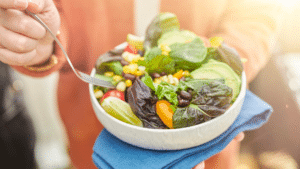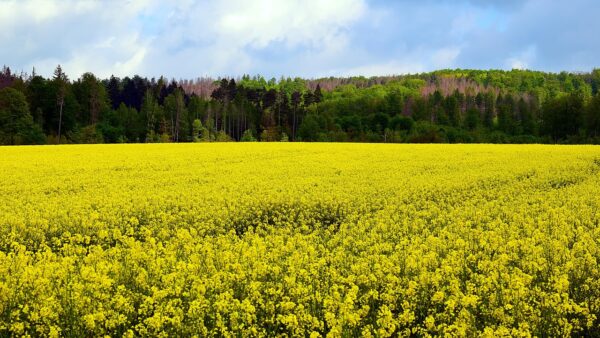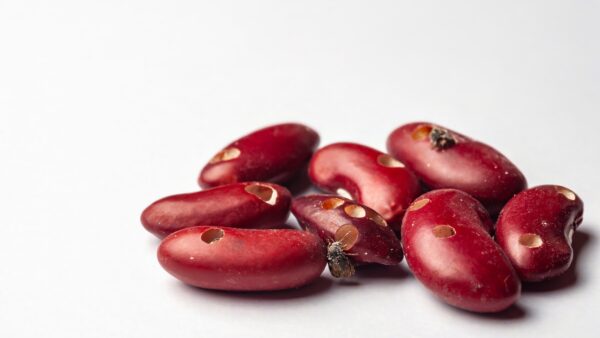Asia Seed Co. Ltd. of South Korea is adding colour, taste and health benefits to the consumer’s plate with novel kinds of baby leaf greens.
If there existed a vegetable that was tasty and attractive to look at — and also came with some potentially powerful health benefits — surely, you’d want to eat it.
If you knew that said vegetable was easy to grow in many climate zones around the world and helped fill a need in the lucrative market for bagged salad mixtures, you might very well want to grow it for the bagged salad market, too.
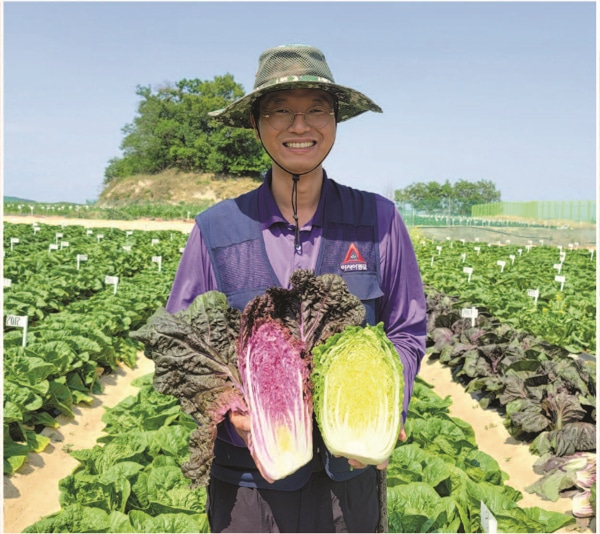
The global packaged salad market size was valued at $10.8 billion in 2020. According to U.S. Census data and the Simmons National Consumer Survey, 242.86 million Americans used bagged or packaged salads in 2020. This is projected to increase to 251.47 million in 2024.
Bagged salads are big business, and consumers have evolving tastes when it comes to these convenient products. Specifically, they want salad greens that look different and add colour and unique taste to their plate.
Enter new Brassica rapa baby leaf varieties specially designed for this market, created to add flavor, colour and an exotic flair to the consumer’s plate.
The salad market often uses spinach and lettuce in bagged salad mixtures. Our baby leaf varieties go far beyond this. Our varieties of Brassica rapa including pakchoi, tatsoi and mizuna which add a unique flair that adds a whole new dimension to a salad.
Let’s break some of these varieties down:
- Pakchoi: Also known as bokchoy, this is a type of Asian cabbage. It does not form a head and instead has green leaf blades with lighter bulbous bottoms, forming a cluster reminiscent of mustard greens.
- Tatsoi: Closely related to the more familiar bokchoy, this plant has become popular in North American cuisine as well and is now grown throughout the world. It has dark green spoon-shaped leaves which form a thick rosette and a soft creamy texture with a subtle yet distinctive flavor.
- Mizuna: With dark green, serrated leaves, mizuna is described as having a piquant, mild peppery flavor that is slightly spicy, but milder than arugula.
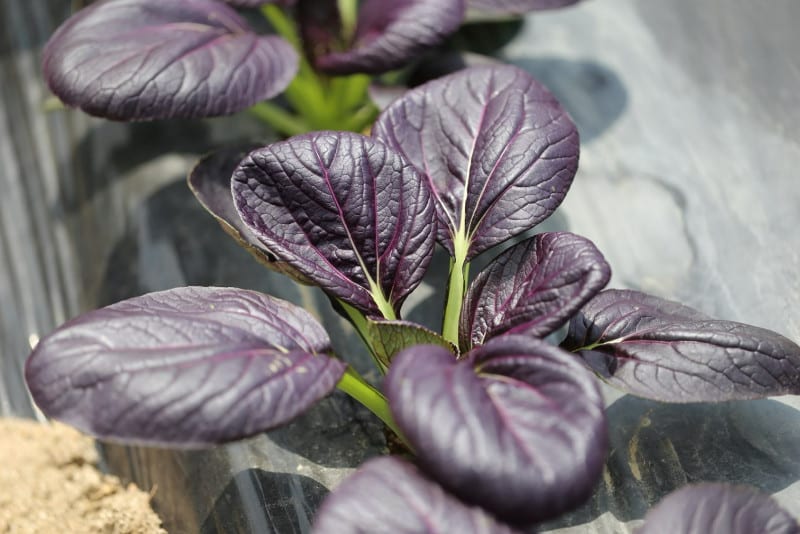
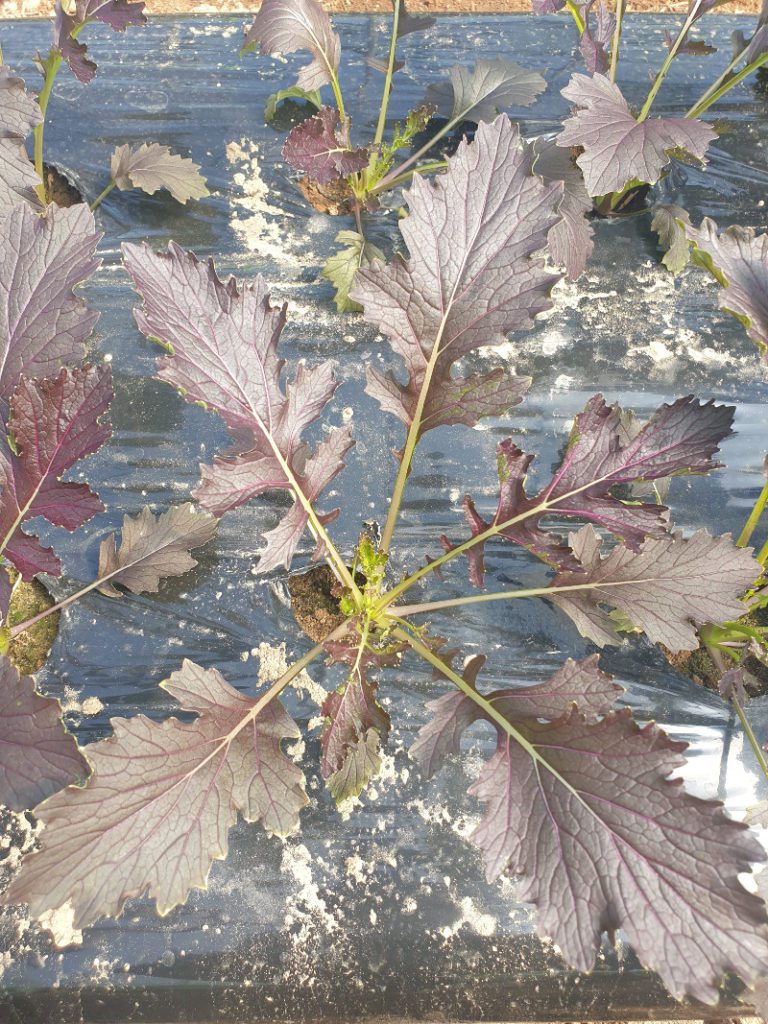
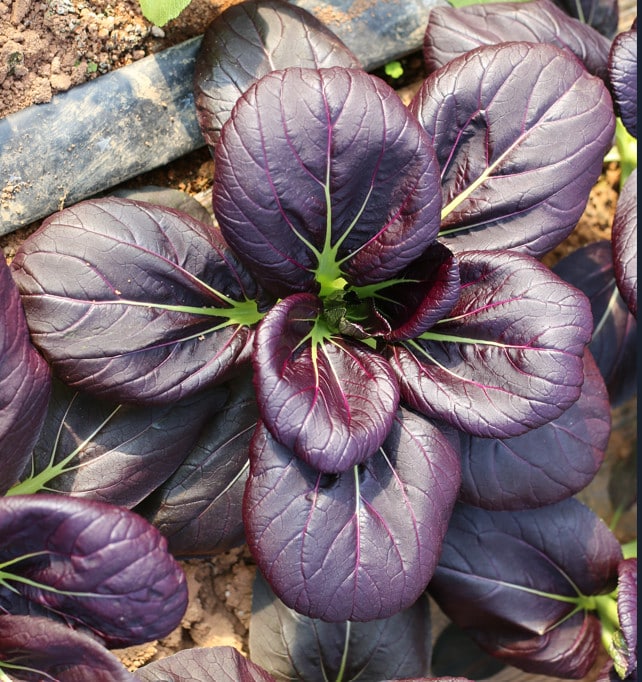
Exciting new varieties of these greens are changing the bagged salad world. In the past, many stories like Costco or Walmart carried bagged salads that offered simple green fare, but thanks to breeding innovations like ours, baby leaf colours include purple, red, violet and more.
Furthermore, we have been able to bolster the purity of our varieties, ensuring virtually all plants that emerge from the ground are the same colour and crops are virtually free of off-types.
They’re also able to grow in a wider variety of climate zones, meaning they show very high quality colour even in hotter climates — an important feature in the age of climate change. Our varieties are grown in California’s Salinas Valley as well as in Texas, Australia, New Zealand, the U.K., France, Spain and Italy, which all happen to be locales that consume a lot of bagged salad. The greens are exported around the world to grocery stores and restaurants.
Not only are these varieties attractive and tasty, studies are showing they come with some surprising health benefits. Mizuna, for example, is rich in various healthy phytochemicals like glucosinolates, phenolics and anthocyanins, according to a recent study from Chungnam National University and Incheon National University in Korea. Anthocyanin levels were found to be higher in red than in green mizuna, while the glucosinolate levels were higher in green than in red mizuna.
Pakchoi, tatsoi and mizuna in general contain varying levels of these substances which are involved in plant defense and exhibit a wide range of pharmaceutical and biological activities associated with the reduced risk of many types of cancers. After years of bagged salads that were virtually all green in appearance, breeding advances mean a whole new dimension is now available to the market for bagged salads. This is good news for growers and consumers alike.
For more info visit the Asia Seed Co. Ltd. website.




